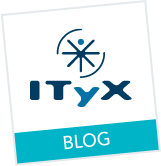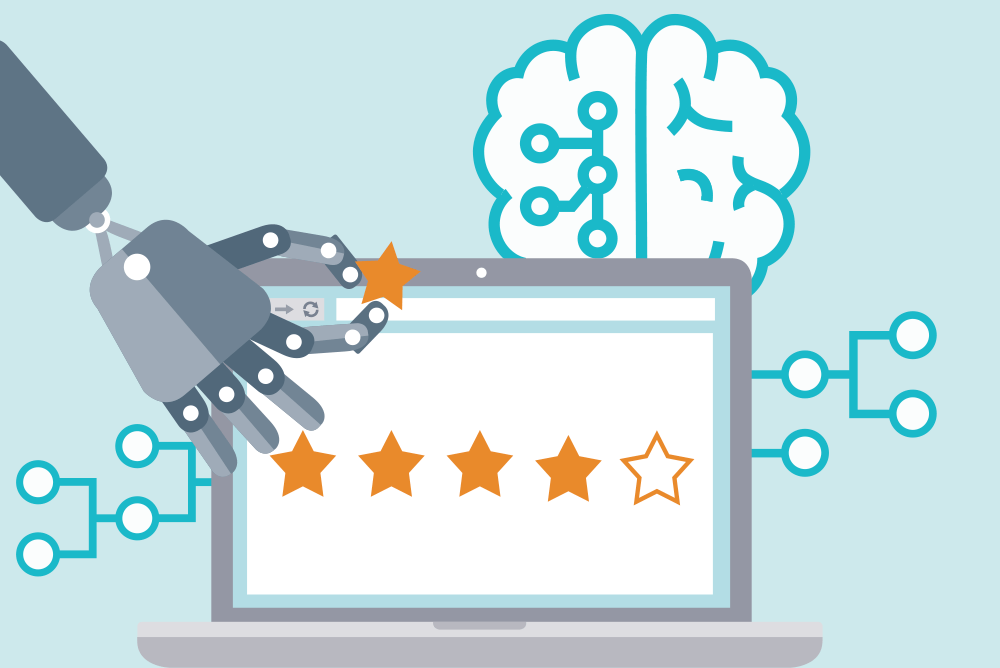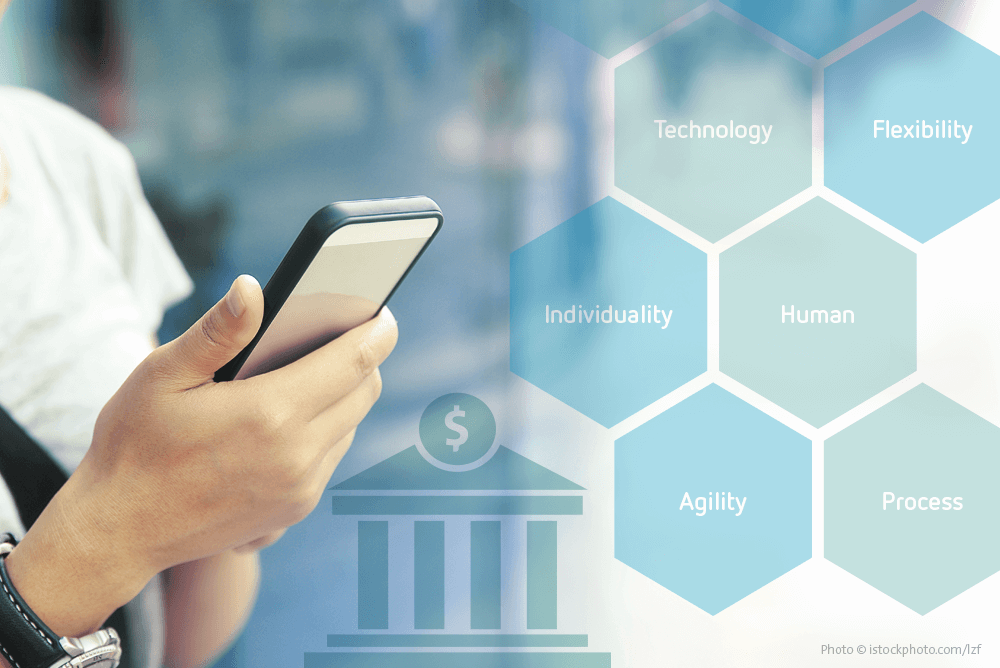Endless wait times, unprepared and misinformed customer service representatives, no transfer of information when switching from one communication channel to another – it’s safe to say, consumers are tired of the experience they get when trying to get support from many organizations.
Businesses have long recognized the importance and value of delivering high end customer service, many continue to struggle to provide service in ways desirable to the end customer. A recent study (Philipp Klaus: Measuring Customer Experience)1 states that 80% of CEOs believe their companies deliver outstanding customer service, while the same study indicates that 8% of those customers feel the same way.
What is the cause for this massive perception gap?
For consumers and the businesses it’s more important to look at ways in which to bridge this gap? Today’s products and services are complex requiring thoughtful, motivated intelligent people that are well trained. Further, even the best customer service agents are challenged to perform if they are limited by poor back office integration, complex processes, inconsistent data, and lack of continuity and consistency between communication channels.
What the customer service industry needs, is a real interface between businesses and consumers. Some companies have recognized this need and are developing customer service portals that incorporate the nuances and flexibility of mobile applications. While well intended, most implementations have overlooked tow important factors. (1) Consumers do not want to use a different proprietary application for each interaction they have with companies regarding customer service issues. (2) The customer service industry is begging for an interface between the mobile application provided to the users and the customer service environment.
Modern day customer service might benefit from a fresh approach, not only in terms of better tools for service personnel and processes but also with the technologies used. Companies need to adapt to the changing communication habits of consumers and supply technologies that empower customers and employees alike. The key element will be, to mirror consumers’ communication habits. Imagine texting your friend making dinner plans with them and calling later to ask about what bottle of wine to bring, your friend has no recollection of your prior text and simply asks “How may I help you?” – Ridiculous!
How do customer service organizations avoid making such grave mistakes when dealing with customers? How can companies increase customer satisfaction while at the same time raising the productivity of the workforce and lowering transaction costs?
Certainly, technology will not solve all of the customer service industry’s problems, but it sure is a good place to start! Why not provide state-of-the-art technology? Why not let consumers use the device they prefer for communication? Why not connect this device to the contact center infrastructure? Why not allow customers to connect with a representative quickly and then let the participants of the call collaborate and succeed?
In order to make progress and to succeed in digitally transforming customer service, you must think out of the box. For true Omni-channel support, a customer centric solution is required. A technology that combines the automatic distribution of all interactions with intuitive interfaces for both consumers and customer service agents.
Here at ITyX, we develop such solutions: https://www.ityxsolutions.com/solutions/products/voice.html
Klaus, Phillipp. Measuring Customer Experience: How to Develop and Execute the Most Profitable Customer Experience Strategies. Palgrave Macmillan, 2014. Print




